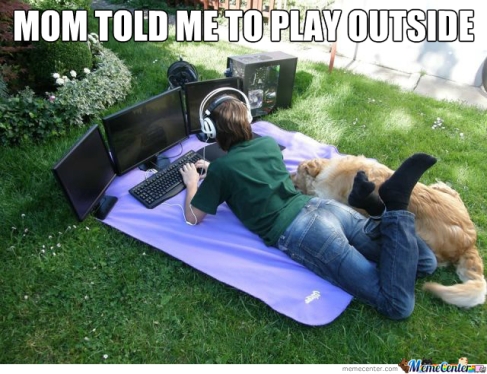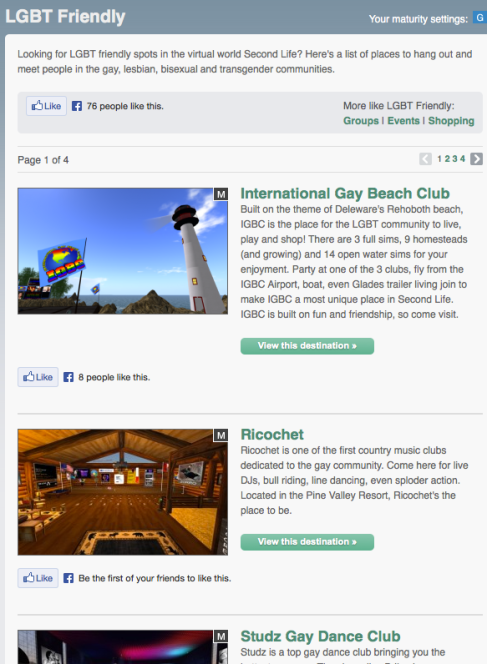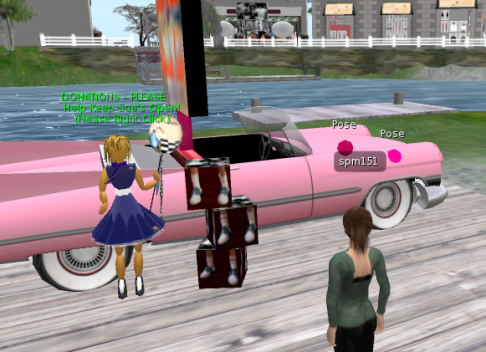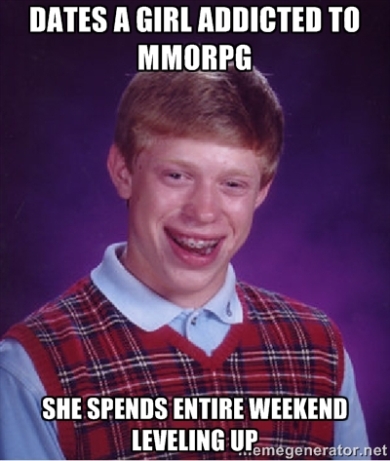What is privacy?
The world of social media has essentially destroyed the idea of privacy. Users now blast every aspect of their life onto their social network accounts. In her article Emily Nussbaum, outlines the change in perspective that the younger generations now have of the Internet. The first chance is that “they think of themselves as having an audience.” All of their posts are to meant to be seen by their friends and others who may be seeking it. A picture from a night out, post it. A picture of your dinner, share it. A crazy incident from your day, make a status about it. Every aspect of their shared to put on a show for their “followers.” The second thing Nussbaum writes of is that “they have archived their adolescence.” Rather than physical photo albums, the photo albums this generation contains is that on their Facebook page. Every aspect of their lives has been documented and is out their on the web for all to see. The third thing Nussbaum touches upon is that “their skin is thicker than yours.” She writes, “They have no sense of shame. They have no sense of privacy.” This generation seems to have no filter on what they share on the Internet. And if anyone ever has something to say about it, they simply brush it off. Privacy is gone and it can be thanked to the actions of these users. These users are generating a new norm.
I personally am concerned with the lack of privacy on the Internet. Also, I feel that people to need to learn some limits and realize they need a filter. I feel that many in my generation have not grasped the consequences of what they feel is a harmless post. From the various stories in the media of employees losing their jobs over social media, I am shocked that many have not grasped the concept. I remember back in high school my school had a program called Peer Leadership. In this program, seniors were selected to mentor the underclassmen. Since it was a competitive process, naturally there were many disappointed they did not get in. Unfortunately, a student who had not got in, submitted a photo to administration of a current member partying and participating in underage drinking. The member was removed from the program, simply because of a posted picture on Facebook.
Privacy is no more on the Internet and it is important to think about what you post. I understand that people want to share their lives with others; it truly is the new norm. However, based on stories and the news and stories witnessed first hand, it makes me want to delete all of my social media accounts. But in the end, it is the norm to have them now and if you don’t you are some what of an outsider. Personally, I am very cautious of what I post. And I have accepted the fact that privacy settings don’t ensure privacy. Privacy no longer exists. It is the norm we have created. It is unfortunate, but it is what it is.

-Stephanie M. (Post from the week I presented)




